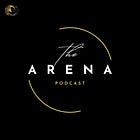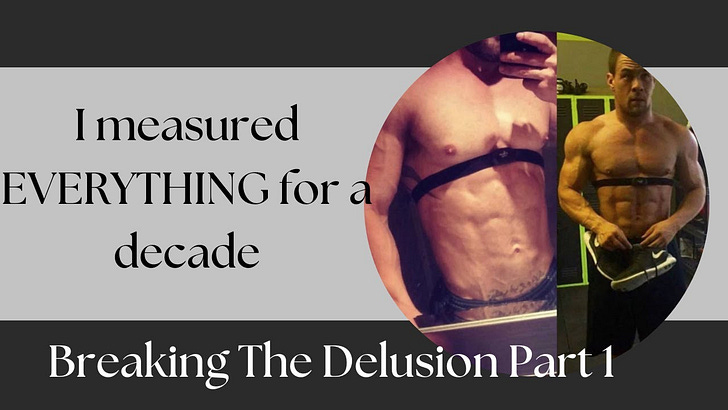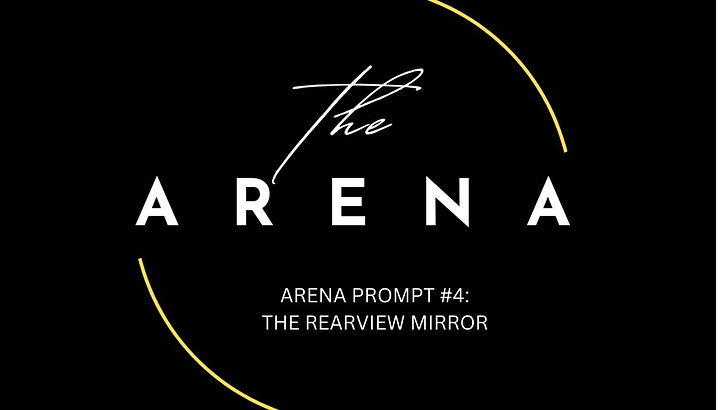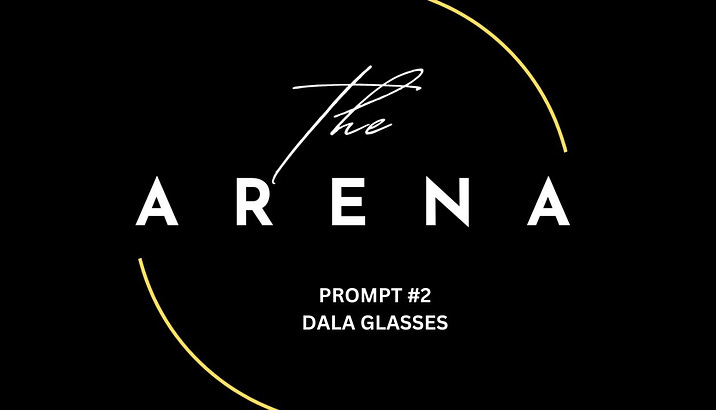Don’t know what to focus on next?
This short series was extracted from the new Arena onboarding to help members identify the highest leverage thing to focus on and allocate resources towards.
When asked what to focus on, we have two answers:
The Two Skills You'll Learn in The Arena
In the introduction, we mentioned that most people don't know what to focus on, and that's why we Engage the Field.
Because Engaging the Field is where you'll both discover what to focus on, and how to solve the problem/challenge that you discover.
Most likely what you will notice,
If you are clear on what you want and what you are here for,
Is that your situation will look rather like a hose with running water that has a bunch of kinks in it.
Water is turned on, hose is filled, but out the other end is a tiny drip drip drip if anything at all.
Now,
Most people, if they become aware enough to see all the challenges in their life to overcome, will start working on random problems. This is like picking a random kink in the hose to fix.
You might undo that,
But it will have no impact on the flow of the water. Maybe eventually, if you fix all the other kinks in the hose, but not now. That means resources (time, money, energy, etc) spent on something that has no immediate impact on the flow.
Not only is there no meaningful change, but if you decide its important to change hoses later, that ends up being completely wasted.
That means,
Your first skill is not just identifying the problems - the constraints - in your hose, it's actually identifying the most immediate constraint.
In our hose analogy, this is the first kink in the hose that is blocking the flow of the water. Because as soon as you undo that constraint, the water flow immediately improves.
To summarize from a resource perspective:
No matter what you do, putting effort in to solving problems requires spending resources. Whether that's time, money, energy, etc. You have to use resources to solve a constraint.
If you solve a constraint that does NOT have an immediate impact on your throughput, then you spend resources for no useful impact. It's just expended resources.
On the other hand if you solve the most immediate constraint, then you improve the throughput which means freeing up resources. You use resources to free up other resources. This has a positive compounding effect as you keep moving through the process.
The two most important skills you'll learn in The Arena surround this dynamic ...
What Are My Constraints?
Interestingly,
The two top constraints that MOST people have are the following:
1 - The Skill of Identifying The Most Immediate Constraint
When you start having this awareness of constraint dynamics, you'll start to realize that it's not *easy* to identify your most immediate constraint.
This is a skill that takes practice in time *Engaging the Field* (surprise surprise). As you work on identifying your most immediate constraint, working to solve those, you'll get better and better at identifying your most immediate constraint.
We have some resources to help get you started in a moment.
But first,
The second constraint MOST people have is:
2 - Articulating an Effective Question to Get Help With The Constraint
Because most of us are not inherently all on our own able to completely solve our most immediate constraint - there's a reason it's a constraint after all.
If we were able to figure it out all on our own, it probably wouldn't be a constraint.
Sometimes this is just the simple guidance of moving forward slowly and with clarity. You might already know what you need to know and some useful guidance in helping you see that is what's necessary to move forward (see the introduction to this series).
Sometimes you may not have the skill, understanding, or experience and need a little bit of guidance and resource help to bridge that gap.
But it's only possible to get the help you really need if you are able to articulate an effective question to get that help.
What to Focus On in The Arena
Most people coming into The Arena are going to experience some sense of overwhelm and or uncertainty. This is normal, because it's new.
You might ask yourself, with all the possibilities on the table and this structure that wants me to do one thing, what do I even focus on?
Our answer is,
The Most Immediate Constraint.
Because if you can solve your most immediate constraint, it immediately improves the throughput (to our hose analogy), and makes everything you do after that more effective.
Don't know what your most immediate constraint is?
Then identifying your constraint is your most immediate constraint.
Don't know how to articulate questions to get help with that?
That's your next constraint.
Resources
In order to get you moving, we've created 4 Fundamental Arena Prompts.
This is a selection of questions, frameworks, and exercises which can help anyone move forward, create positive improvement, and Engage the Field in a way which can help reveal your most immediate constraint.
One of the four fundamental Arena prompts. Any of these things will create a positive improvement for anyone.
DALA glasses (coming soon)
What about asking effective questions?
We actually designed an entirely new Arena call centered around this very skill. We call it The Force Multiplier Call. Right now that call is scheduled to happen 1 week before the main Arena call each month.
On this call we prepare for the process of Engaging the Field and participating in The Arena - most importantly we discuss and work through how to articulate effective questions about the problems we are facing.
Already we are seeing immense transformation from call to call in people who participate in The Force Multiplier.
If you're working through this on your own (and you aren't in The Arena), we will in time distill lessons from these calls into resources which will hopefully help you through that process.
The most immediate constraint. This is the single highest leverage thing to focus on.
One of the four fundamental Arena prompts. Any of these things will create a positive improvement for anyone.
DALA glasses (coming soon)
This series is focused on identifying the constraint and then getting help with it.
Resources:
Next: Part 2 Identifying The Constraint
Ready to Step Into The Arena?
You can get on the waitlist: https://engagethefield.com/
or
Get your own copy of the Handbook: https://engagethefield.com/handbook

















